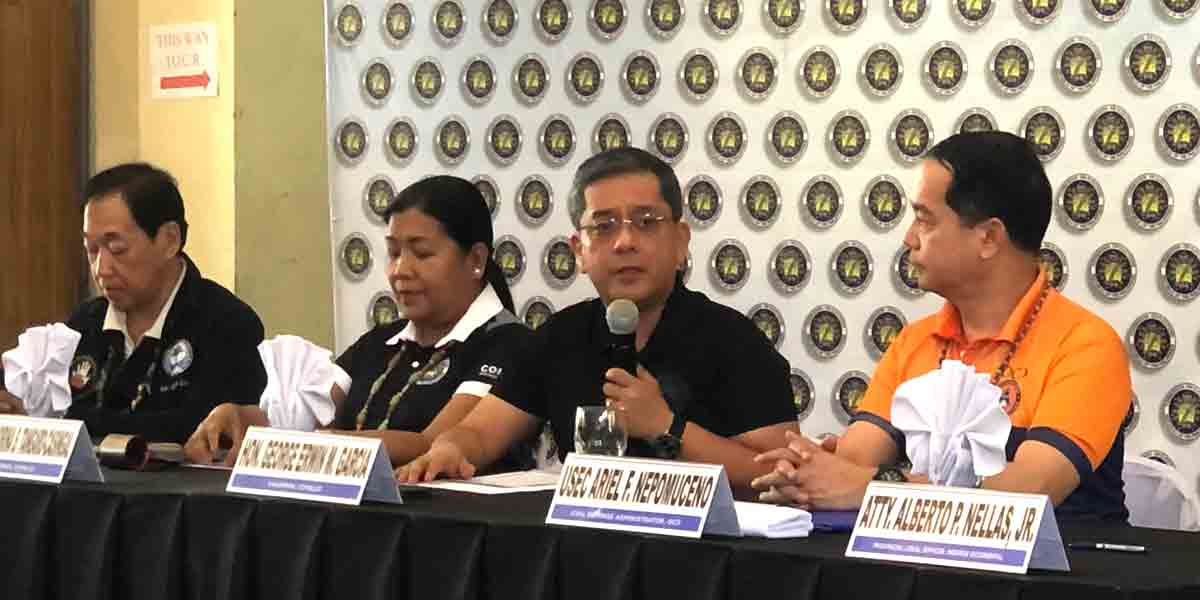By Dolly Yasa
BACOLOD CITY – The Philippine Institute of Volcanology and Seismology (Phivolcs) reported that sulfur dioxide (SO2) gas emissions from Kanlaon Volcano’s summit crater averaged 5,083 tonnes per day on July 2, 2024.
This is the second-highest emission recorded since the volcano’s eruption on June 3, 2024.
Phivolcs issued an advisory noting the elevated volcanic SO2 gas flux. This marks the second-highest emission from Kanlaon this year and the third since instrumental gas monitoring began.
The current unrest, driven by shallow magmatic processes, could potentially lead to explosive eruptions or hazardous magmatic activity at the summit crater.
Prior to the June 3 eruption, Kanlaon had been emitting SO2 at an average rate of 1,273 tonnes per day. Since the eruption, emissions have significantly increased to an average of 3,254 tonnes per day.
Additionally, volcanic earthquake activity has persisted at an average of 10 events per day since the June eruption.
Ground deformation data from continuous GPS and electronic tilt measurements have recorded medium-term inflation of the Kanlaon edifice since March 2022 and shorter-term inflation of the eastern flank since 2023, indicating slow but sustained pressurization within the volcano.
Overall monitoring parameters suggest that magmatic processes beneath the volcano are causing persistently high concentrations of volcanic gas emissions, swelling of the edifice, and occasional volcanic earthquake activity.
The public is reminded that Alert Level 2 (increasing unrest) remains in effect for Kanlaon. Vigilance is advised, and entry into the four-kilometer Permanent Danger Zone (PDZ) should be avoided to minimize risks from volcanic hazards such as pyroclastic density currents, ballistic projectiles, and rockfall.
In the event of ashfall affecting communities downwind of Kanlaon’s crater, residents should cover their nose and mouth with a damp, clean cloth or dust mask.
Civil aviation authorities must advise pilots to avoid flying close to the volcano’s summit, as ash and ballistic fragments from sudden eruptions can be hazardous to aircraft.
Communities near river systems on the southern and western slopes, especially those that have experienced lahars and muddy streamflows, should take precautionary measures during heavy rainfall over the volcano.
Phivolcs continues to closely monitor Kanlaon Volcano and will immediately communicate any new developments to all concerned stakeholders.
On June 28, 2024, Phivolcs recorded the highest sulfur dioxide emissions from Kanlaon Volcano since last month’s eruption, averaging 5,397 tonnes per day.




















